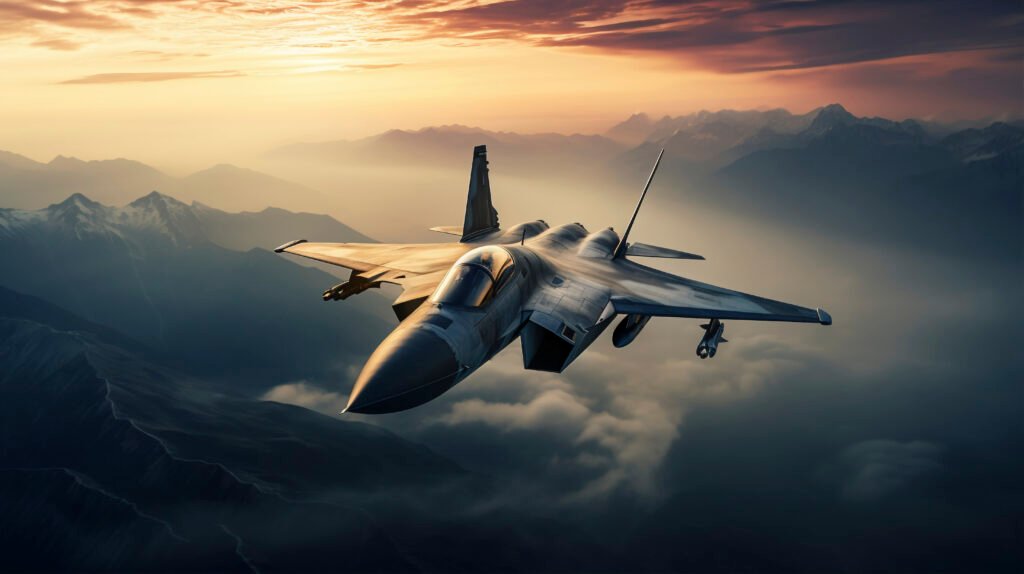What Is JF-16 Marketing and Why It Matters
The JF-16 represents a remarkable collaboration between Pakistan and China to produce a competitive, affordable fighter jet aimed at strengthening Pakistan’s air force and appealing to international buyers. But building a great aircraft is only half the battle , marketing this sophisticated jet globally requires strategic efforts to showcase its capabilities, value, and geopolitical significance.
In this post, we’ll break down the essentials of JF-16 marketing , how Pakistan and China promote this jet, the key selling points, and why it’s becoming a noteworthy contender in the global fighter jet marketplace.
Understanding the JF-16: A Brief Overview
Before diving into the marketing strategies, it helps to know what the JF-16 is all about.
What is the JF-16 Fighter Jet?
The JF-16 is a licensed or upgraded variant of the American F-16 Fighting Falcon, produced jointly by Pakistan’s Pakistan Aeronautical Complex (PAC) and China’s Chengdu Aircraft Corporation (CAC). It blends proven technology with indigenous upgrades, making it cost-effective without compromising performance.
Why the JF-16 Is a Strategic Asset
- Affordability: More budget-friendly than many Western jets, making it attractive for countries with limited defense budgets.
- Performance: Equipped with modern avionics and weapons systems tailored for diverse combat scenarios.
- Collaboration: Symbolizes strong defense ties between Pakistan and China, appealing to countries seeking alternatives to Western suppliers.
JF-16 Marketing Strategy , Key Components
Marketing a high-tech military asset like the JF-16 requires a nuanced, multi-layered approach. Here’s how Pakistan and China effectively promote it.
Highlighting Technical Superiority and Customization
Both countries emphasize the JF-16’s advanced features:
- State-of-the-art avionics: Including radar systems, electronic warfare capabilities, and precision weapons.
- Customization options: Buyers can request specific modifications tailored to their defense needs.
- Multi-role versatility: Suitable for air superiority, ground attack, and reconnaissance missions.
This clear focus on technical merits builds confidence among potential buyers.
Leveraging Defense Exhibitions and Airshows
Events like the IDEAS (International Defense Exhibition and Seminar) in Karachi and China’s Zhuhai Airshow provide platforms for live demonstrations and direct buyer engagement.
- Pakistan showcases the JF-16’s capabilities through flight demos, virtual reality presentations, and detailed brochures.
- China supports with technical teams and joint displays.
- These expos foster trust, generate leads, and allow face-to-face negotiations.
Targeting Emerging and Budget-Conscious Markets
The marketing strategy zeroes in on:
- Countries in Asia, Africa, and the Middle East looking for reliable but affordable fighter jets.
- Nations seeking alternatives to Western-made jets due to political constraints or budget limits.
- Buyers interested in long-term partnerships and technology transfers.
By focusing on these niches, Pakistan and China position the JF-16 as the ideal value proposition.
Digital and Diplomatic Marketing Efforts
Beyond physical demonstrations, modern marketing leverages digital tools and diplomatic channels.
Online Presence and Content Marketing
Official websites, defense forums, and social media are used to:
- Share technical documents, videos, and testimonials.
- Publish updates about upgrades, contracts, and partnerships.
- Engage with defense analysts and enthusiasts to build positive buzz.
Government-to-Government Deals and Diplomacy
The marketing push is supported by:
- High-level defense diplomacy and bilateral agreements.
- Joint military exercises showcasing operational capabilities.
- Offering offsets and local industry partnerships to sweeten deals.
This approach helps build long-term trust and ensures stable sales pipelines.
Why the JF-16 Is Gaining Traction Globally
Cost-Effectiveness without Compromising Quality
Many countries face tight defense budgets but require modern air capabilities. The JF-16’s competitive pricing, combined with strong performance, appeals to these buyers.
Political and Strategic Considerations
Countries reluctant to buy from Western manufacturers due to sanctions or political pressure see the JF-16 as a viable alternative backed by strong allies.
Proven Track Record
Pakistan’s own operational use of the JF-16 boosts confidence that the jet is battle-tested and reliable.
Conclusion , The Future of JF-16 Marketing
As geopolitical dynamics evolve, the JF-16 marketing strategy continues adapting, combining technology, diplomacy, and outreach to maintain relevance. By emphasizing affordability, versatility, and strategic partnerships, Pakistan and China are carving a niche in the global defense market.
For countries seeking an affordable, reliable fighter jet backed by solid partnerships, the JF-16 stands out as an increasingly attractive choice.
FAQs About JF-16 Marketing
1. What countries are potential buyers for the JF-16?
Potential buyers are primarily in Asia, Africa, and the Middle East , regions seeking affordable, versatile fighter jets with strong geopolitical backing.
2. How does the JF-16 differ from the original F-16?
The JF-16 includes upgrades tailored by Pakistan and China, focusing on cost reduction, improved avionics, and customization options not typically available in standard F-16s.
3. Can the JF-16 be customized for specific defense needs?
Yes! Pakistan and China offer customization to fit buyers’ operational requirements, which is a key marketing point.

